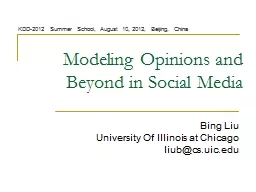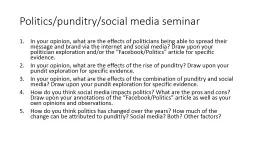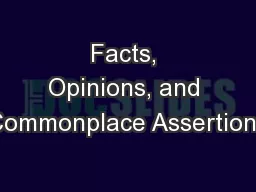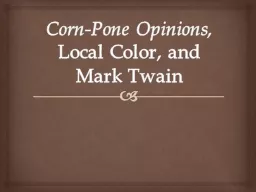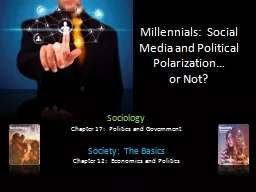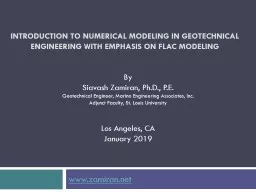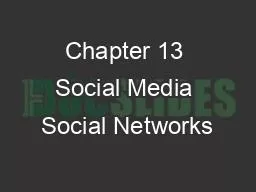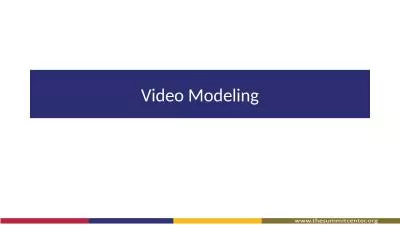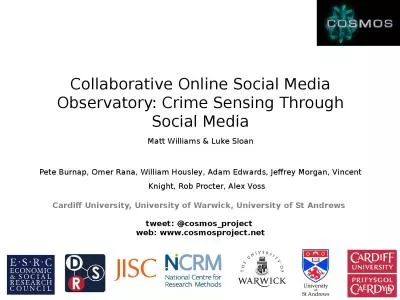PPT-Modeling Opinions and Beyond in Social Media
Author : olivia-moreira | Published Date : 2017-08-27
Bing Liu University Of Illinois at Chicago liubcsuicedu KDD2012 Summer School August 10 2012 Beijing China Bing Liu KDD2012 Summer School Aug 10 2012 Beijing
Presentation Embed Code
Download Presentation
Download Presentation The PPT/PDF document "Modeling Opinions and Beyond in Social ..." is the property of its rightful owner. Permission is granted to download and print the materials on this website for personal, non-commercial use only, and to display it on your personal computer provided you do not modify the materials and that you retain all copyright notices contained in the materials. By downloading content from our website, you accept the terms of this agreement.
Modeling Opinions and Beyond in Social Media: Transcript
Download Rules Of Document
"Modeling Opinions and Beyond in Social Media"The content belongs to its owner. You may download and print it for personal use, without modification, and keep all copyright notices. By downloading, you agree to these terms.
Related Documents

